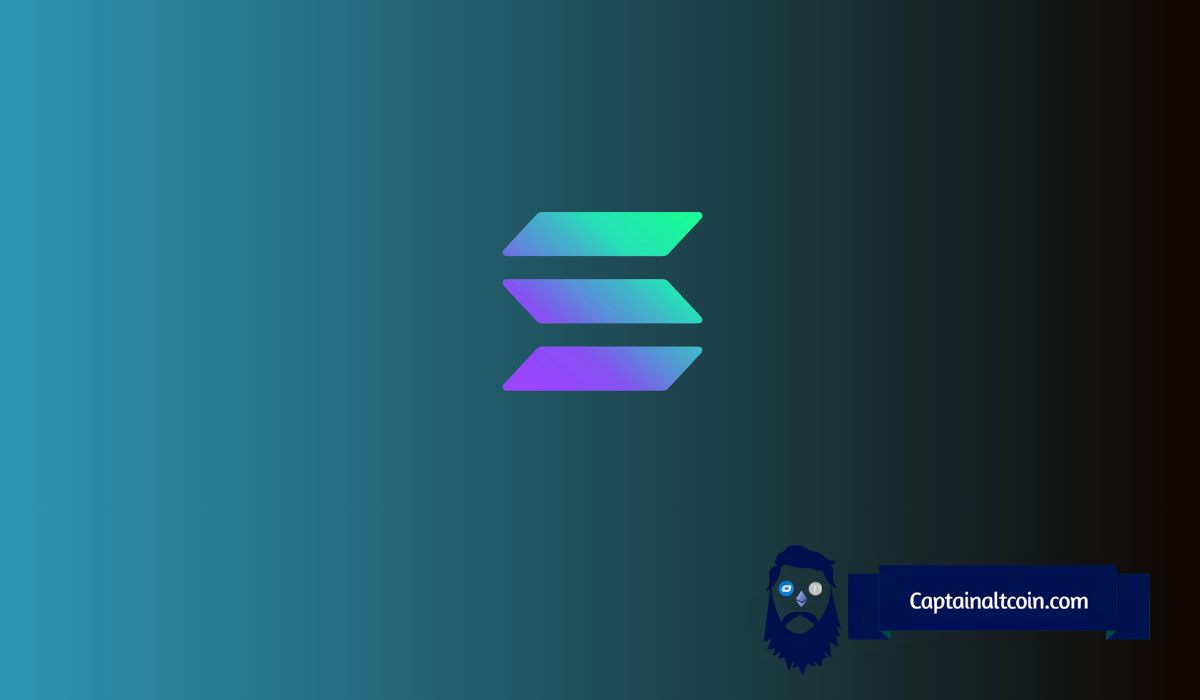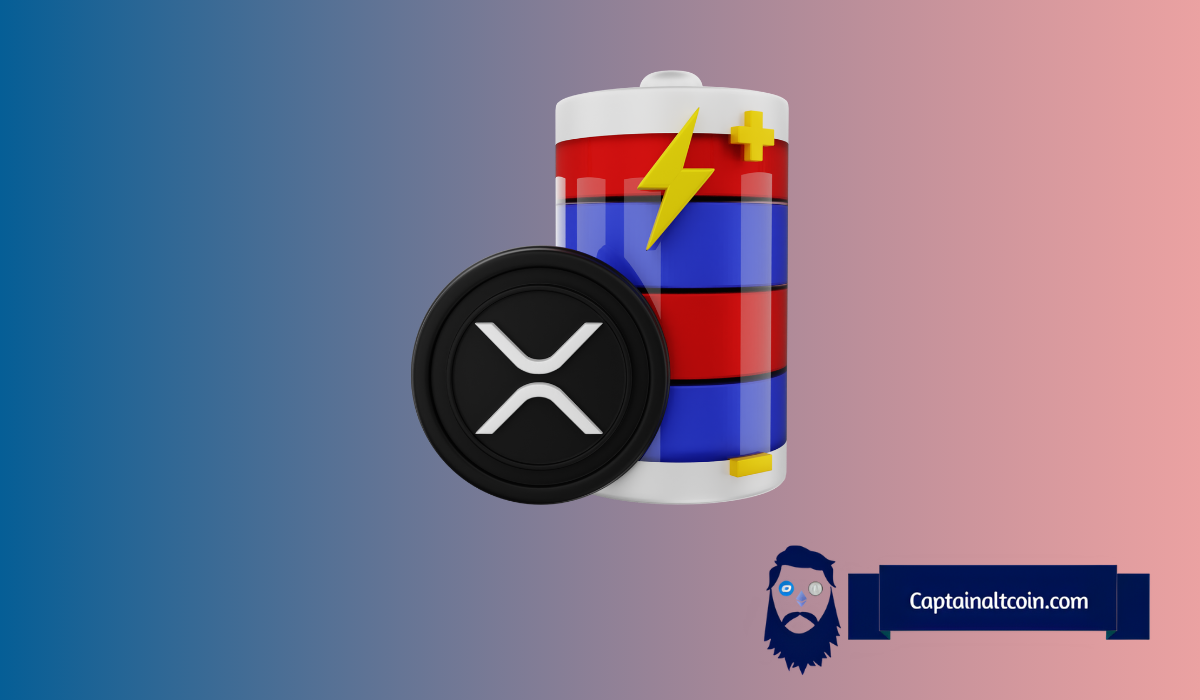Apex Funding Account: Which One Should You Choose?

Apex Trader Funding offers several account types designed for different trading styles, risk levels, and profit goals. Choosing the right funding account depends on your trading strategy, preferred market, and experience level. Each account varies in size, profit targets, drawdown limits, and pricing—so understanding these differences is key to finding the best fit.
Whether you’re a beginner looking for a small evaluation or an experienced trader seeking larger capital, selecting the right Apex Funding account can greatly impact your success and profitability.
Understanding Apex Trader Funding Account Types
Apex Trader Funding offers the world-class trading platforms WealthCharts, Rithmic, and Tradovate. These provide choices for not only the experienced trader looking for advanced tools and lightning-fast executions but also the beginner seeking a user-friendly interface and deep educational resources on prop trading.
WealthCharts Plan Details
WealthCharts is a trading software platform that provides advanced analytical tools, a personalized dashboard, and real-time data. Its innovative InvestPulse AI technology helps it stand out with market scanning capabilities to find trading opportunities. Real-time data fees (a $55 value) are included in the WealthCharts plan on Apex Trader Funding.
Account Sizes
| Account Size | Contracts | Profit Targets | Trailing Threshold | Daily Drawdown | Scaling | Cost |
| $25,000 Full | 4 (40 Micros) | $1,500 | $1,500 | None | None | $147/Month |
| $50,000 Full | 10 (100 Micros) | $3,000 | $2,500 | None | None | $167/Month |
| $100,000 Full | 14 (140 Micros) | $6,000 | $3,000 | None | None | $207/Month |
| $150,000 Full | 17 (170 Micros) | $9,000 | $5,000 | None | None | $297/Month |
| $250,000 Full | 27 (270 Micros) | $15,000 | $6,500 | None | None | $297/Month |
| $300,000 Full | 35 (350 Micros) | $20,000 | $7,500 | None | None | $297/Month |
| $100,000 Static | 2 (20 Micros) | $2,000 | None | $625 | None | $137/Month |
Rithmic Plan Explanation
Rithmic is a leading trading software platform known for its direct-market access (DMA) that routes orders efficiently and provides real-time market data. Rithmic’s high-speed, ultra-low-latency trading infrastructure provides retail and professional traders with capabilities that were once only available to institutional traders.
The Apex Rithmic plan includes real-time data fees (a $55 value) and the popular NinjaTrader platform (a $75 value).
Account Sizes
| Account Size | Contracts | Profit Targets | Trailing Threshold | Daily Drawdown | Scaling | Cost |
| $25,000 Full | 4 (40 Micros) | $1,500 | $1,500 | None | None | $147/Month |
| $50,000 Full | 10 (100 Micros) | $3,000 | $2,500 | None | None | $167/Month |
| $100,000 Full | 14 (140 Micros) | $6,000 | $3,000 | None | None | $207/Month |
| $150,000 Full | 17 (170 Micros) | $9,000 | $5,000 | None | None | $297/Month |
| $250,000 Full | 27 (270 Micros) | $15,000 | $6,500 | None | None | $297/Month |
| $300,000 Full | 35 (350 Micros) | $20,000 | $7,500 | None | None | $297/Month |
| $100,000 Static | 2 (20 Micros) | $2,000 | None | $625 | None | $137/Month |
Tradovate Plan Breakdown
Tradovate is a modern trading software platform based in the cloud, providing traders seamless trading across multiple devices (desktop, mobile, and tablet), accessibility on Windows and Mac computers, and order continuity even with network interruptions. A Tradovate license is included with the Apex Tradovate plan, and it’s compatible with TradingView. Real-time data (a $55 value) and NinjaTrader (a $75 value) are included.
Account Sizes
| Account Size | Contracts | Profit Targets | Trailing Threshold | Daily Drawdown | Scaling | Cost |
| $25,000 Full | 4 (40 Micros) | $1,500 | $1,500 | None | None | $147/Month |
| $50,000 Full | 10 (100 Micros) | $3,000 | $2,500 | None | None | $167/Month |
| $100,000 Full | 14 (140 Micros) | $6,000 | $3,000 | None | None | $207/Month |
| $150,000 Full | 17 (170 Micros) | $9,000 | $5,000 | None | None | $297/Month |
| $250,000 Full | 27 (270 Micros) | $15,000 | $6,500 | None | None | $297/Month |
| $300,000 Full | 35 (350 Micros) | $20,000 | $7,500 | None | None | $297/Month |
| $100,000 Static | 2 (20 Micros) | $2,000 | None | $625 | None | $137/Month |
Account Sizes Compared
To fit the software platform best for your trading style with the account that suits your budget and experience, here is a side-by-side comparison of account sizes.
| Account Sizes | Monthly Fees (Rithmic) | Monthly Fees (Tradovate) | Monthly Fees (WealthCharts) | Contract Sizes | Profit Target | Trailing Threshold |
| $25,000 | $147 | $147 | $147 | 4 (40 Micros) | $1,500 | $1,500 |
| $50,000 | $167 | $167 | $167 | 10 (100 Micros) | $3,000 | $2,500 |
| $100,000 | $207 | $207 | $207 | 14 (140 Micros) | $6,000 | $3,000 |
| $150,000 | $297 | $297 | $297 | 17 (170 Micros) | $9,000 | $5,000 |
| $250,000 | $2977 | $297 | $297 | 27 (270 Micros) | $15,000 | $6,500 |
| $300,000 | $297 | $297 | $297 | 35 (350 Micros) | $20,000 | $7,500 |
| $100,000 (Static) | $137 | $137 | $137 | 2 (20 Micros) | $2,000 | $0.00 |
Note: Monthly fees, contract size, profit target, and trailing threshold are the same for Tradovate, Rithmic and WealthCharts plans.
>> Compare Rithmic vs. Tradovate Accounts
Comparing Accounts, Trading Platforms, Fees, and Profit-Sharing
When you are prop trading, available account types, trading platforms, fees, and profit-sharing structures can impact your trading experience. Consider how the three account plans compare on these issues:
Account Types
You can choose two accounts on Apex Trader Funding: full or static. A full account allows larger contract sizes and stop-loss limits since the trailing threshold adjusts as your account balance grows.
The threshold on a static account doesn’t adjust with the balance. Consider a full account if you’re a more aggressive trader of futures contracts. More conservative traders might consider a static account.
Trading Platforms
WealthCharts provides the newest trading technology for research tools and precision trading for experienced and beginning traders, including built-in copy trading. Rithmic’s data feed and low-latency network give traders fast order execution required by algorithmic and high-frequency traders.
A Tradovate account, with its modern suite of analytical tools and education, lends itself to beginning traders for its ease of use and experienced traders looking for convenience in trading.
Fee Structures
Under Apex Trader Funding’s latest regime, pricing for account sizes across WealthCharts, Rithmic, and Tradovate is the same. However, WealthCharts and Rithmic have a lower reset fee ($80) for evaluation accounts and a lower monthly fee for Performance Accounts (PA) or Paid Accounts ($85 per month). The reset fee on a Tradovate evaluation account is $100, and a PA on Tradovate costs $105 per month.
Profit-Sharing Models
Apex Trader Funding offers traders a generous profit-sharing model. You get to keep 100% of the first $25,000 of profit you earn. After that, you split your profits with Apex 90:10, where you keep 90% of your earnings and Apex gets 10%. This is the same across all account sizes and types.
Find Which Apex Funding Account Suits You
The best Apex Funding account for you depends on your trading goals, experience, and risk tolerance. Smaller accounts are ideal for beginners who want to learn and manage risk with lower costs, while larger accounts suit experienced traders aiming for higher profits and more flexibility.
Now that you know more about the accounts and Apex Trader Funding, consider your trading strategies and goals to decide the best one for your prop trading.
Frequently Asked Questions
A
A
The 30% rule on Apex Trader Funding is a risk management tool to avoid excessive losses on any single trade. It accomplishes this by limiting the negative profit and loss on an open trade to no more than 30% of your profit at the start of the trading day; for example, $2,100 for a starting profit of $7,000.
A
There is no specific credit score requirement for Apex Trader Funding’s evaluation or PA (Performance) accounts. However, once you move into a Live Funded account, standard background checks and identity verification (similar to those for opening a brokerage account) may apply.





